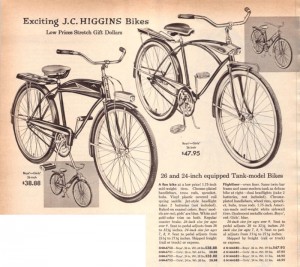 This wasn’t exactly my very first set of wheels but it was the first with any sort of brand identity. There were probably three wheels in my very first set and they might very well be on the vehicle shown here. That’s the photo I use for my summertime “on the road” Facebook profile picture. The tricycle was followed by a peddle tractor that had its front wheels welded back on at least a time or two due to high speed crashes at the end of the sidewalk and a dimly remembered tiny bicycle with training wheels. The first two-wheeler that actually allowed me to hit the road was a 24 inch girls bike.
This wasn’t exactly my very first set of wheels but it was the first with any sort of brand identity. There were probably three wheels in my very first set and they might very well be on the vehicle shown here. That’s the photo I use for my summertime “on the road” Facebook profile picture. The tricycle was followed by a peddle tractor that had its front wheels welded back on at least a time or two due to high speed crashes at the end of the sidewalk and a dimly remembered tiny bicycle with training wheels. The first two-wheeler that actually allowed me to hit the road was a 24 inch girls bike.
It was purchased at an auction or some other sort of sale and was very used. Dad made some repairs and we (at least I thought I was helping) painted it a dark purple. The color wasn’t carefully chosen because it was my favorite. It was carefully chosen because it’s what we had. That the bike was made for a girl barely registered with me. At first I could hardly reach the pedals from the seat and spent a lot of my riding time standing up. The lack of a horizontal bar turned out to be a major advantage. I eventually grew into then out of the 24 incher. A slightly older aunt had retired her 26 inch bicycle and it became mine. That was great initially but, as I became a teen, riding that light blue girly bike became less and less attractive. “Sure,” my Dad said. “You can have a new bike. All you have to do is pay for it.”
I set my sights pretty high. It took close to a year but through odd jobs and, no doubt, some gifts, I eventually accumulated enough to buy a shiny new bicycle from the Sears catalog. I couldn’t afford the Deluxe Flightliner with chrome fenders and “torsion spring-action fork” but I could afford the regular Flightliner and I’d still get dual headlights and a rear carrier that sorta kinda had fins. It came partially disassembled in a big box. Unpacking that bicycle and putting it together was the most exciting thing I’d ever done.
I rode it to the nearest town once in awhile but that was more than three miles each way and took some planning. I didn’t need a destination, though. That bike spent a lot of time going nowhere in particular on Ohio 49. During the summer, when school was out, my sister and I spent a lot of time at our grandparents. Somehow I frequently talked Dad into wrestling the bike into the trunk so I could ride it around the extremely small town where they lived.
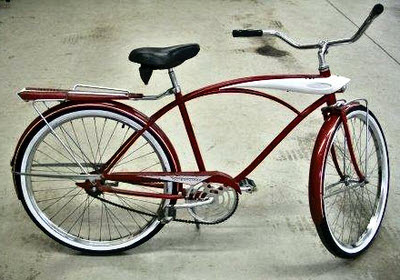 This is not a picture of my bike but one from the internet that looks pretty much the same. At some point I removed those headlights I’d lusted after to get the look of a big air scoop. The “fins” were pretty handy for tying down packages but not so popular with passengers. I moved on to motorized transport in 1962 and the two year old Flightliner lost its spot near the center of my world. Embarrassingly, I can’t even remember whether I sold it then or later. It would be 1979 before I’d buy another new vehicle.
This is not a picture of my bike but one from the internet that looks pretty much the same. At some point I removed those headlights I’d lusted after to get the look of a big air scoop. The “fins” were pretty handy for tying down packages but not so popular with passengers. I moved on to motorized transport in 1962 and the two year old Flightliner lost its spot near the center of my world. Embarrassingly, I can’t even remember whether I sold it then or later. It would be 1979 before I’d buy another new vehicle.
Next Wheels: Chapter 2 — 1948/9 Whizzer
Jim Grey rescued me again. OK, maybe rescued isn’t exactly right but only because I didn’t need rescuing at the precise moment he planted the seed for this series but I will someday. Back in August of 2012, when I had no post ready by my self imposed Sunday deadline, Jim gave me an idea for a series of articles that require very little time to prepare and can be used at any time. That was the start of the Trip Pic Peek series. Recently, he unknowingly gave me another idea. First, he turned me on to the Curbside Classics automobile website. I subscribed to the blog and find I read about half of the posts. Then Jim did a series of Curbside Classic posts himself as a guest blogger. He wrote about cars he had owned in the sequence that he owned them. That was the seed. His articles were fun to read and I’m guessing they were fun to write. I decided to start my own series along those lines though I won’t go anywhere near the depth of some of the Curbside Classic posts and, as you can see, I’m not limiting myself to cars. Trip Pic Peeks will remain the true safety net since they can be produced in just a few minutes. Like My Gear and My Apps, My Wheels articles can be prepared and stockpiled as time permits. This third My… series should come in handy as My Gear and My Apps approach the present and temporarily peter out. The first car is just a couple chapters away.

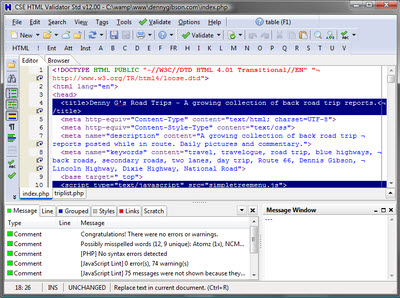
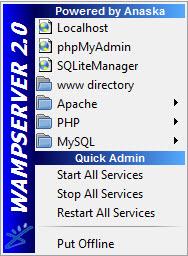
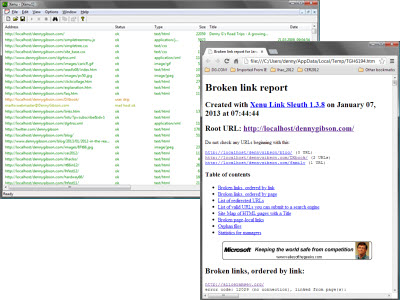
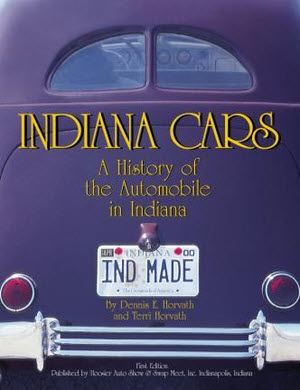 Yes, I am late to the party. This book on Indiana’s automotive history was published in 2002 but, since it’s about old cars, none of the history has changed and the cars have only gotten older.
Yes, I am late to the party. This book on Indiana’s automotive history was published in 2002 but, since it’s about old cars, none of the history has changed and the cars have only gotten older.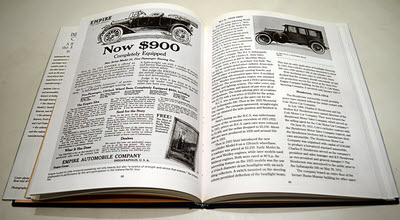 Once the background is set, the book moves onto the various manufacturers. Not every mark ever built in the state is covered but there are sizable sections on what the Horvaths consider “Significant Automobiles”. The reading isn’t so dry now. There are fairly lengthy articles on the likes of Duesenberg and Studebaker and shorter ones on others. The book is well illustrated with photographs and clippings from period literature. Facts are seasoned with entertaining anecdotes. Joe Cole got his first car running and took off without installing the brakes. Lack of fuel finally stopped it after many laps around Monument Circle in Indianapolis. In 1891, Charley Black’s six-block drive in a Benz included crashing into both a surrey and a shop window. Those were the good old days.
Once the background is set, the book moves onto the various manufacturers. Not every mark ever built in the state is covered but there are sizable sections on what the Horvaths consider “Significant Automobiles”. The reading isn’t so dry now. There are fairly lengthy articles on the likes of Duesenberg and Studebaker and shorter ones on others. The book is well illustrated with photographs and clippings from period literature. Facts are seasoned with entertaining anecdotes. Joe Cole got his first car running and took off without installing the brakes. Lack of fuel finally stopped it after many laps around Monument Circle in Indianapolis. In 1891, Charley Black’s six-block drive in a Benz included crashing into both a surrey and a shop window. Those were the good old days.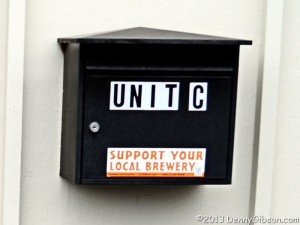


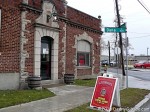




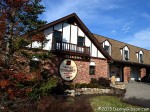
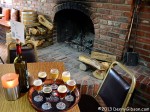
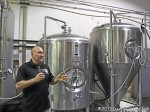


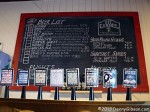
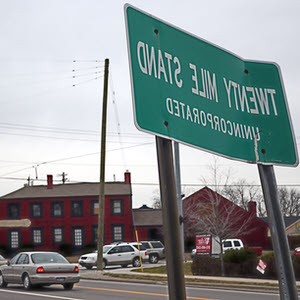 Available blog statistics kind of suck. At least they do for WordPress Jetpack statistics on a self hosted blog that is only a portion of a website. One issue is that the most popular “page” is almost certain to be something called “Home page / Archives” which is a swirling mix of the multiple pages displayed at the blog’s root or the multiple pages that satisfy a search. I have AWStats generated numbers for the entire site, including the blog, but those have some problems, too. For one thing, counts include all of the individual pages appearing in the previously mentioned “Home page / Archives” many of which are not actually viewed. For another, AWStats numbers include blog page references that I’ve made myself in creating and maintaining the blog. I try to keep these to a minimum but eliminating them completely is not possible. In the end, though, I do believe the relationship of the numbers is meaningful even if the numbers themselves aren’t all that precise. So here are the top five blog and non-blog entries and I’ll follow the lists with some overall numbers.
Available blog statistics kind of suck. At least they do for WordPress Jetpack statistics on a self hosted blog that is only a portion of a website. One issue is that the most popular “page” is almost certain to be something called “Home page / Archives” which is a swirling mix of the multiple pages displayed at the blog’s root or the multiple pages that satisfy a search. I have AWStats generated numbers for the entire site, including the blog, but those have some problems, too. For one thing, counts include all of the individual pages appearing in the previously mentioned “Home page / Archives” many of which are not actually viewed. For another, AWStats numbers include blog page references that I’ve made myself in creating and maintaining the blog. I try to keep these to a minimum but eliminating them completely is not possible. In the end, though, I do believe the relationship of the numbers is meaningful even if the numbers themselves aren’t all that precise. So here are the top five blog and non-blog entries and I’ll follow the lists with some overall numbers.